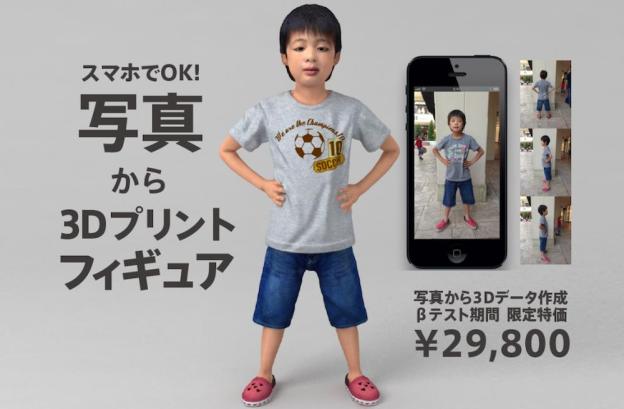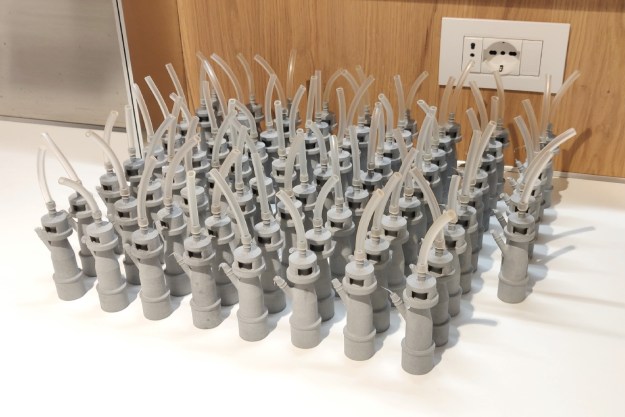 As you will have seen by now, you can use 3D printing technology to create practically anything these days, from ‘magic’ arms for those with joint disease to guitars for the musically minded to pizzas for astronauts heading to Mars.
As you will have seen by now, you can use 3D printing technology to create practically anything these days, from ‘magic’ arms for those with joint disease to guitars for the musically minded to pizzas for astronauts heading to Mars.
Whether it was the result of spotting a gap in the market or simply an idea that revealed itself following one too many glasses of sake on a long night out hasn’t yet been established, but a Japanese company in possession of a 3D printer is now providing a service enabling you to print off miniature versions of yourself, your kids, and possibly even your pets.

To use the service, called Fotofig, you simply send in a bunch of photos capturing the subject from every angle. The firm’s computers then work to create a digital composite which is used to print off the figurine.
The company is taking orders though the service is currently in beta – not sure if that means the miniature might come back with two heads or a leg missing, but it might be worth a try just to find out. The problem is, it’s a bit pricey at the minute, costing from 39,800 yen ($400) for the smallest size (15cm) to 64,800 yen ($655) for a taller and possibly rather creepy-looking 25cm model.
While this may not be the most innovative or effective use of 3D printing technology we’ve seen so far, it certainly has some entertainment value attached and could be a new twist on the desk-based family photo many of us have at work. In fact, having models of your entire family perched on the desk, staring back at you in all their 3D glory, could be a real conversation starter with co-workers, though admittedly it might be a rather short one that ends in an awkward silence.
[SD Japan via Tech in Asia]

Editors' Recommendations
- 3DMakerpro’s Seal is a pocket-sized scanner to make next-gen precision 3D prints
- Need a last-minute Halloween costume? Check out these 3D-printable getups
- The best 3D printers under $500
- Inside the quest to 3D print a perfectly palatable steak
- Father’s Day Gift Idea: These cheap 3D printers are on sale for less than $300


